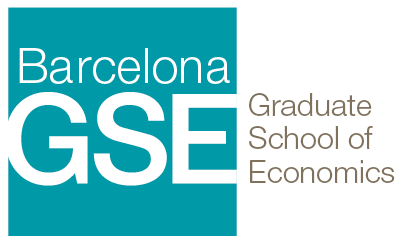Abstract
Risk-averse workers in a team exert effort to produce joint output. Workers’ incentives are connected via chains of productivity spillovers, represented by a network of peer-effects. We study the problem of a principal offering wage contracts that simultaneously incentivize and insure agents. We solve for the optimal linear contract for any network and show that optimal incentives are loaded more heavily on workers that are more central in a specific way. We conveniently link firm profits to network structure via the networks spectral properties. When firms can’t personalize contracts, better connected workers ex- tract rents. In this case, a group composition result follows: large within-group differences in centrality can decrease firm’s profits. Finally, we find that modular production has important implications for how peer structures distribute incentives.
